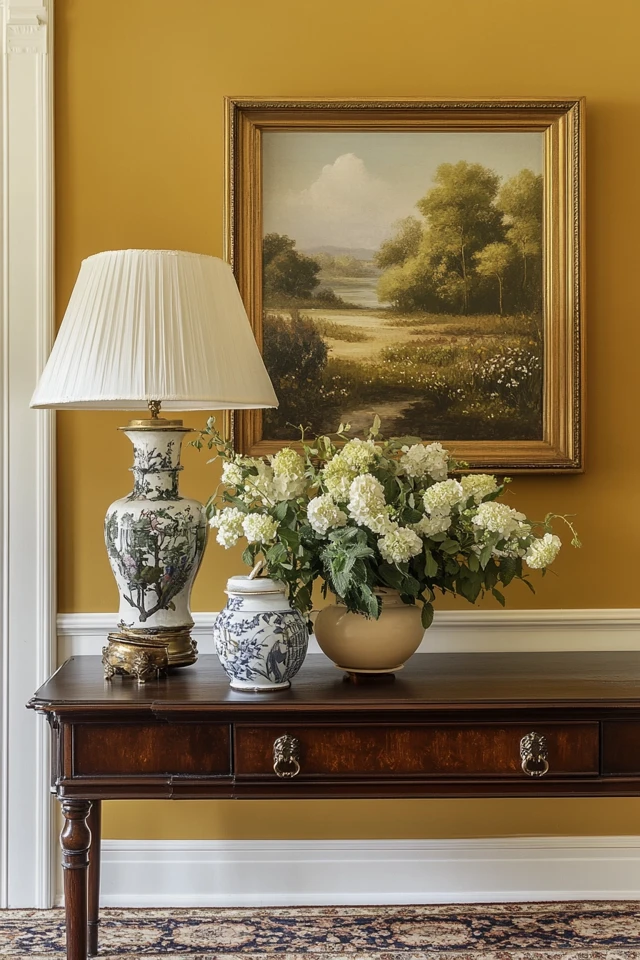Introduction
Creating symmetry in a room can bring a sense of balance, order, and sophistication to your space. However, perfect symmetry alone can sometimes feel static or overly rigid, which is where subtle contrasts come into play. Adding just the right amount of variation within a symmetrical design can make your room feel more dynamic and visually engaging without sacrificing harmony. It’s about achieving that delicate balance where symmetry provides structure, and contrast adds personality.
I first experimented with this concept while designing a bedroom for a client who loved symmetry but wanted the room to feel relaxed and inviting rather than overly formal. The solution was to balance matching bedside tables and lamps with contrasting lampshade colors and decorative accents. For instance, one lamp had a soft white shade, while the other had a gray one, and the nightstands each featured unique decor—one with a stack of books, the other with a ceramic vase. The result was a beautifully balanced room that felt intentional yet alive with character.
In this guide, we’ll explore how to use subtle contrasts to enhance room symmetry, creating spaces that feel polished, interesting, and cohesive. Whether you’re styling a living room, bedroom, or dining area, these tips will help you master the art of blending symmetry with contrast for a design that’s as dynamic as it is harmonious.
The Perfect Design for You
This approach is perfect for anyone who:
- Enjoys the order and elegance of symmetrical layouts but wants to avoid a sterile or overly formal look.
- Appreciates a balance of structure and creativity in their interior design.
- Loves incorporating small details that make a big impact.
- Is looking for a way to make symmetrical designs feel modern, layered, and dynamic.
Picture a living room where two identical sofas flank a coffee table, but the throw pillows on each sofa feature different patterns in complementary colors. Or imagine a dining room with symmetrical place settings but varied textures in the table linens and centerpieces. These spaces feel orderly and intentional yet have a vibrancy that keeps them interesting and inviting.
No matter your style—modern, traditional, or eclectic—subtle contrasts can help you elevate symmetrical designs, adding depth and individuality to your home.
Picture Gallery
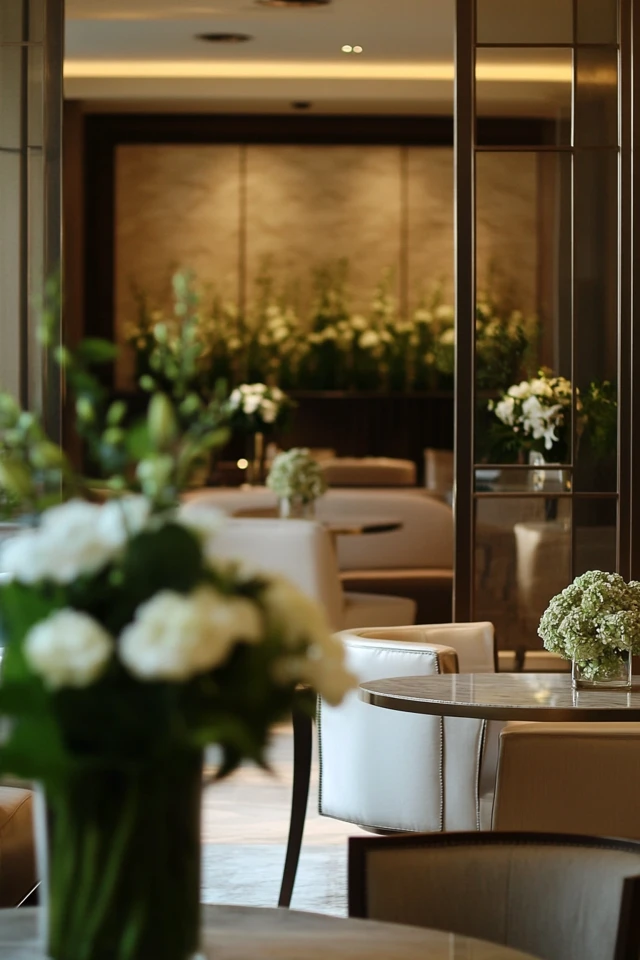
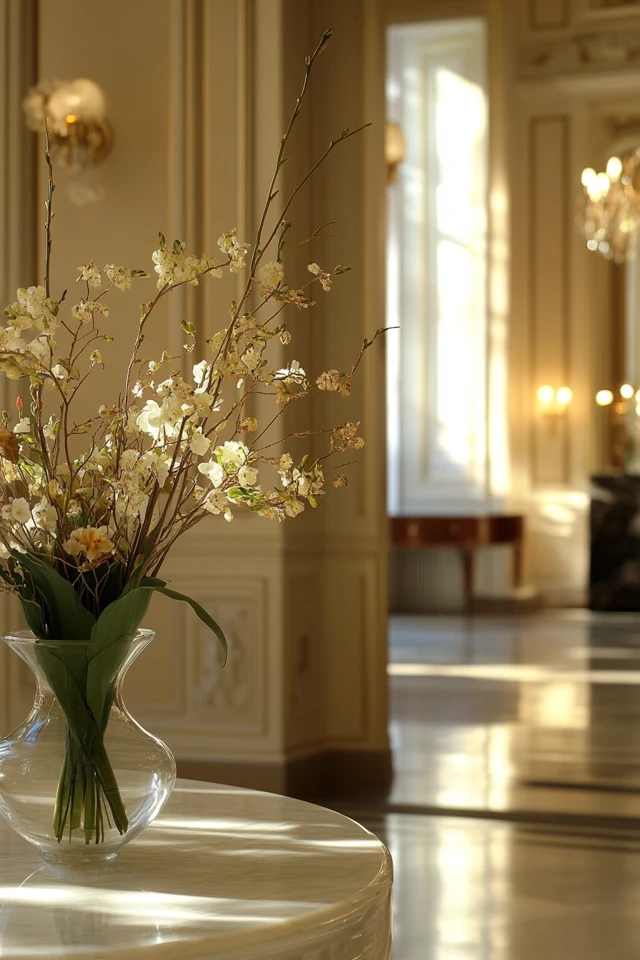
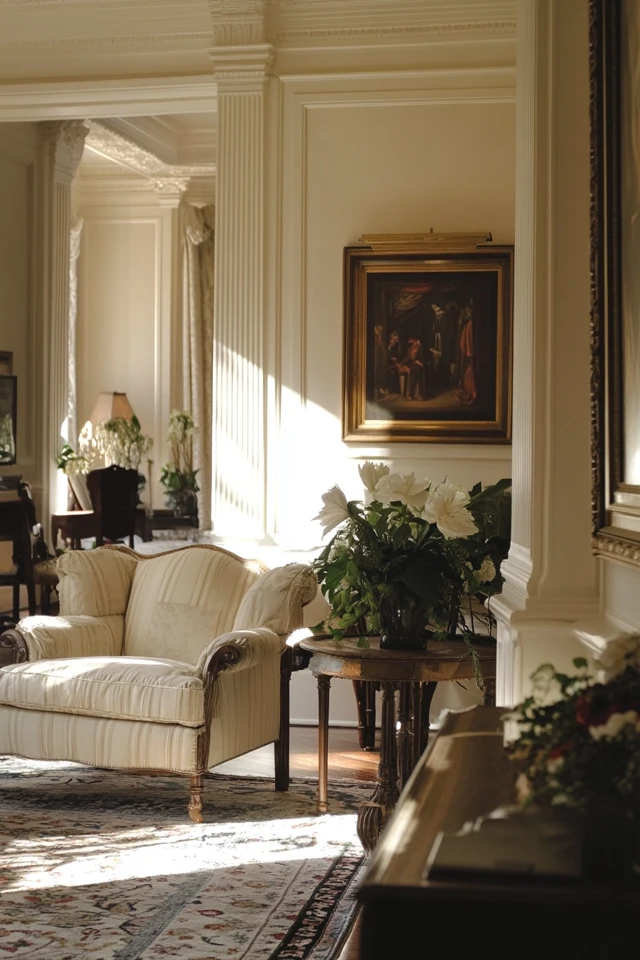
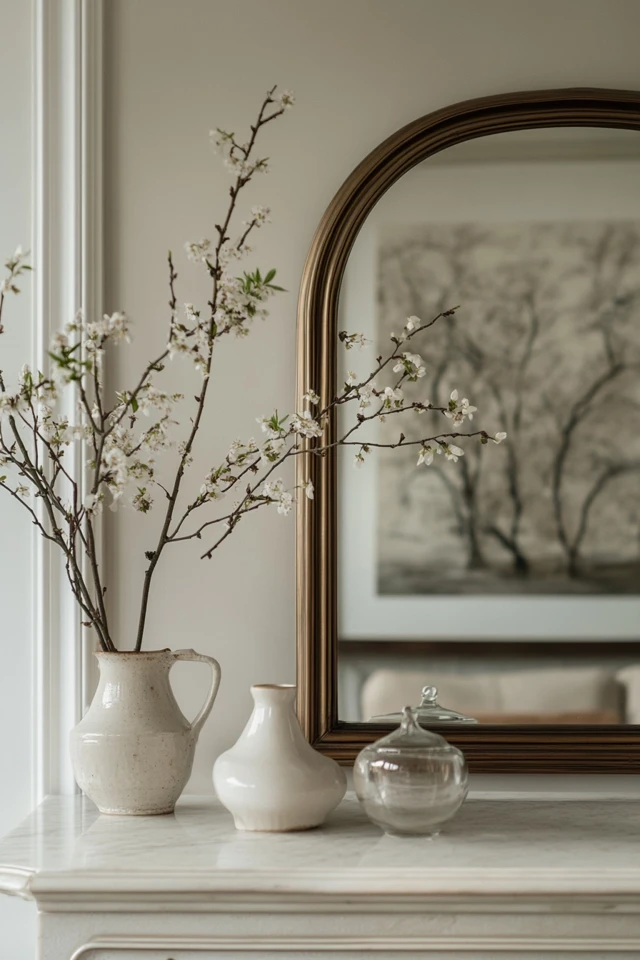
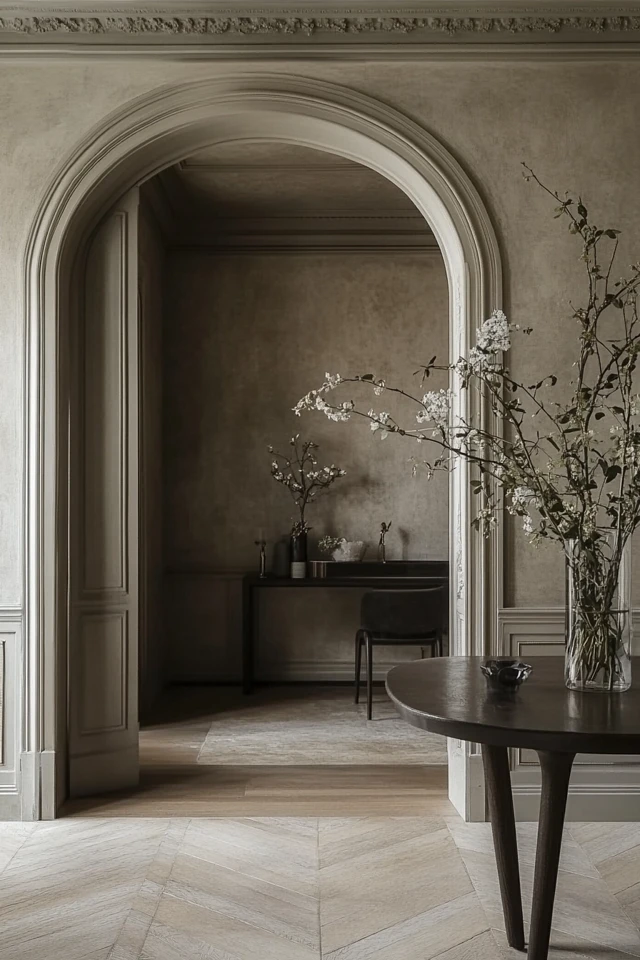
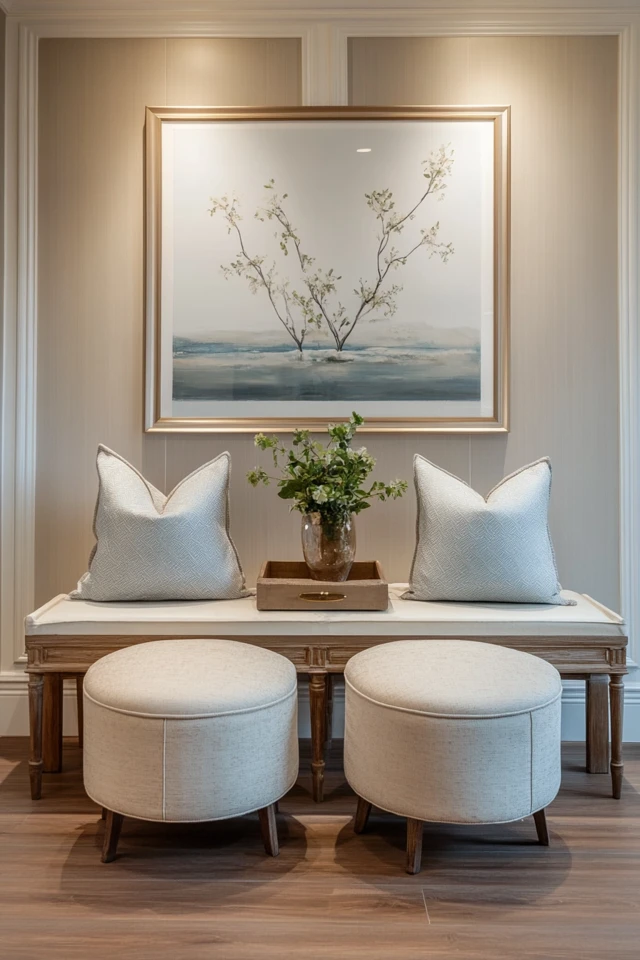
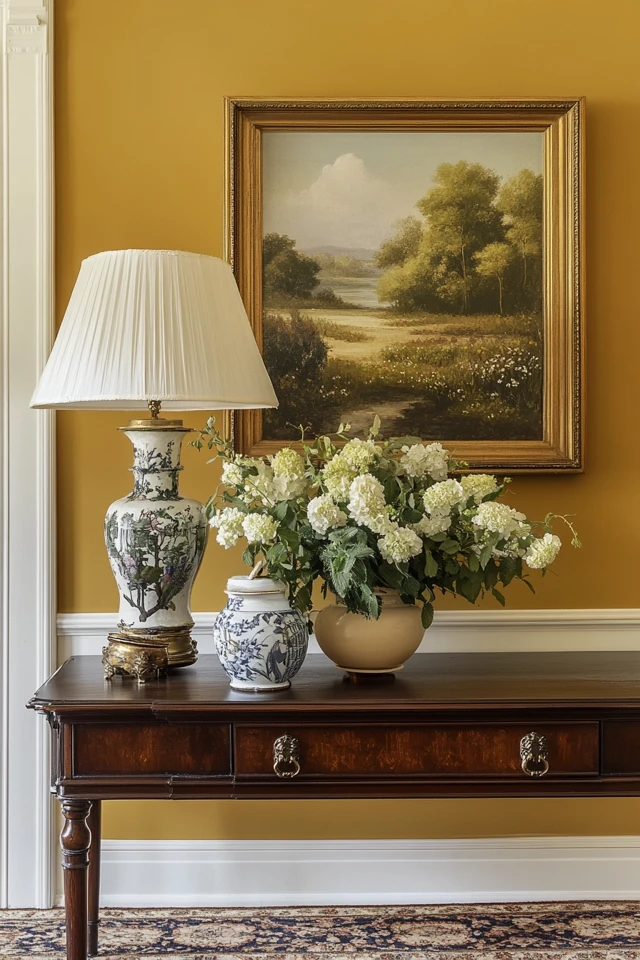
Why Subtle Contrasts Work
Subtle contrasts are the secret to making symmetrical designs feel alive and engaging. Here’s why they’re so effective:
- Breaks Monotony: While symmetry provides structure, contrast introduces variation that keeps the eye moving and the design feeling fresh.
- Creates Depth: Contrasting elements, like texture or color, add layers of interest and dimension to a space.
- Balances Formality: Contrasts soften the rigidity of perfect symmetry, making a room feel more relaxed and approachable.
- Highlights Key Features: Variations in patterns, shapes, or materials draw attention to specific areas of the room.
- Showcases Personality: Contrasts allow you to inject your unique style into a symmetrical design, ensuring the space feels personal and not overly staged.
Think of symmetry as the framework and contrast as the creativity within it. Together, they create a balanced yet dynamic design that feels both intentional and inviting.
How to Enhance Room Symmetry With Subtle Contrasts: Step-by-Step
1. Start With a Symmetrical Base
- Begin by creating a symmetrical layout to establish balance and order:
- Place identical furniture pieces, like sofas or nightstands, on either side of a focal point (e.g., a fireplace, bed, or window).
- Use matching lamps, mirrors, or artwork to anchor the design.
- Ensure that the layout feels evenly weighted on both sides of the room.
- Example: In a living room, arrange two identical armchairs on either side of a coffee table, with matching floor lamps behind them for symmetry.
2. Introduce Contrasting Colors
- Add contrast by incorporating variations in color while maintaining overall cohesion:
- Use different shades or tones of the same color family for subtle variation.
- Introduce complementary colors in accents like throw pillows, vases, or rugs.
- Avoid overwhelming the symmetry by sticking to a consistent palette.
- Example: In a bedroom, pair matching navy blue lamps on each nightstand but opt for a white lampshade on one and a light gray shade on the other.
3. Vary Textures and Materials
- Use contrasting textures and materials to add depth to symmetrical arrangements:
- Pair smooth surfaces with rough ones, like a glossy ceramic vase next to a woven basket.
- Incorporate a mix of natural and manufactured materials, such as wood and metal.
- Texture creates a tactile dimension that keeps the design visually engaging.
- Example: On a console table with two matching lamps, place a textured wooden bowl on one side and a sleek glass candle holder on the other.
4. Play With Patterns
- Patterns are an effective way to introduce contrast within symmetrical designs:
- Use similar patterns with slight variations, such as stripes and herringbone.
- Pair bold patterns with subtle ones to maintain balance.
- Ensure patterns share a common element, like color, to avoid visual conflict.
- Example: On two matching armchairs, place throw pillows with different patterns—one in a geometric print and the other in a subtle plaid, both in coordinating colors.
5. Mix Shapes
- Combine contrasting shapes to soften symmetry and add visual interest:
- Use a mix of round and angular forms, like a rectangular mirror above a curved console table.
- Incorporate organic shapes alongside geometric ones for a natural feel.
- The interplay of shapes creates a dynamic, layered look.
- Example: In a dining room, hang a round chandelier above a rectangular table with matching chairs on each side, softening the symmetry with curves.
6. Highlight Key Features With Contrast
- Use contrasting elements to draw attention to specific parts of your symmetrical design:
- Place a bold centerpiece, like a colorful vase or unique sculpture, at the center of a symmetrical layout.
- Vary the height of decor items on matching surfaces to add visual intrigue.
- Example: On a mantel with symmetrical candlesticks on each end, place a contrasting piece of artwork or a cluster of smaller, varied decor items in the center.
7. Balance Formal and Casual Elements
- Combine formal and casual pieces to make symmetrical designs feel approachable:
- Pair structured furniture with relaxed textiles, like a tailored sofa with a cozy knit throw.
- Mix polished materials, like brass or glass, with rustic finishes, like distressed wood.
- Example: In a symmetrical seating arrangement, drape a casual throw blanket over one chair and leave the other bare for a subtle contrast.
8. Layer Lighting for Contrast
- Use varied lighting to add depth and dimension to a symmetrical room:
- Combine matching table lamps with unique wall sconces or pendant lights.
- Use warm and cool light temperatures to create subtle contrast.
- Lighting can highlight different elements, making the room feel more dynamic.
- Example: In a bedroom, pair identical bedside lamps with a contrasting overhead fixture in a bold design.
9. Personalize With Unique Decor
- Add personality by introducing one-of-a-kind items within a symmetrical layout:
- Use decor items that reflect your interests, like vintage finds or travel souvenirs.
- Place unique accents on matching surfaces to create variation without disrupting symmetry.
- Example: On two identical bookshelves flanking a fireplace, use different arrangements of books, plants, and personal mementos on each side for a curated, asymmetrical touch.
10. Embrace Negative Space
- Allow for negative space to enhance the contrast within your symmetrical design:
- Leave some surfaces or walls intentionally bare to create breathing room.
- Use empty space to frame and emphasize your contrasting elements.
- Negative space ensures that the contrasts don’t overwhelm the symmetry.
- Example: On a dining table with matching chairs and settings, leave the center clear except for one statement centerpiece, allowing the symmetry to shine.
FAQ
1. Can I use bold contrasts in a symmetrical room?
Yes, but keep them balanced. Use bold contrasts sparingly and ensure they complement the overall design to avoid overwhelming the symmetry.
2. How do I avoid disrupting the balance when adding contrast?
Stick to subtle variations in color, texture, or shape, and ensure that any contrasting elements feel cohesive with the symmetrical layout.
3. What’s the easiest way to add contrast to a symmetrical room?
Start with small accents, like throw pillows or decor items, that vary in color or texture but still align with the overall theme.
4. Can this approach work in small spaces?
Absolutely! Symmetry can make small spaces feel more organized, while subtle contrasts prevent the design from feeling static or cramped.
5. How do I balance symmetry and contrast in an open-concept space?
Use symmetry to anchor specific zones, like seating areas or dining spaces, and introduce contrast through colors, textures, or lighting to differentiate each zone.
Variations
- Modern Minimalism: Combine clean lines and neutral tones with contrasting materials like wood and metal for a sleek, dynamic look.
- Rustic Elegance: Pair symmetrical furniture layouts with contrasting textures, such as rough-hewn wood and soft linen.
- Eclectic Charm: Use symmetry as a foundation, but introduce bold, colorful contrasts through decor and textiles.
- Traditional Sophistication: Enhance classic symmetrical designs with subtle contrasts in patterns, like floral and striped fabrics.
- Industrial Edge: Balance the symmetry of industrial furniture with warm, contrasting textures like leather and woven rugs.
How to Showcase It
- Living Rooms: Use symmetrical seating arrangements with contrasting throw pillows or side table decor.
- Bedrooms: Pair matching nightstands and lamps with unique accents, like different artwork above each side of the bed.
- Dining Rooms: Create symmetry with identical chairs and place settings, but vary the centerpiece or table runner for contrast.
- Home Offices: Arrange symmetrical bookshelves or desks with contrasting decor, like varied bookends or plant arrangements.
- Entryways: Use matching consoles or mirrors with contrasting vases, trays, or lighting for a welcoming yet dynamic look.
Occasions to Feature It
- Everyday Living: Add subtle contrasts to make daily-use spaces feel layered and inviting.
- Entertaining Guests: Use symmetry and contrast to create visually striking, balanced designs that impress visitors.
- Seasonal Decor: Introduce seasonal contrasts, like varying textures or colors, while maintaining a symmetrical foundation.
- Post-Renovation Design: Use symmetry to establish order in newly designed spaces and contrast to add personality.
- Formal Events: Enhance dining or living areas with symmetrical arrangements and elegant contrasting details.
Conclusion
Subtle contrasts are the perfect complement to symmetry, transforming structured designs into spaces that feel dynamic, inviting, and full of character. By incorporating variations in color, texture, pattern, and shape, you can add depth and personality without disrupting the balance and harmony of your layout.
Whether you’re styling a minimalist living room, a traditional bedroom, or an eclectic dining area, these tips will help you achieve the perfect blend of order and creativity. So, embrace the power of contrast, experiment with your decor, and watch as your symmetrical designs come to life with energy and elegance.

